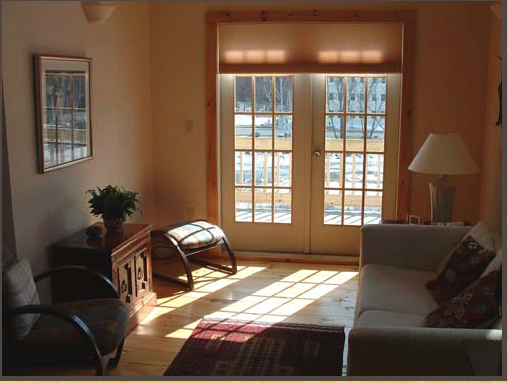 |
| home |
I've just completed a kitchen redo and my client is very very happy. However, as sometimes happens, the way to eternal happiness can get a little bumpy...
We were looking for tile with only a slight tint of blue/green (there are hardly any walls in that kitchen to add color with paint) and chose glass, because it's light and airy and it picks up the slight bluish gray tones in the jet mist granite counter top.
After looking around, there were two final choices to pick from. Both had a greenish-bluish undertone but one was slightly greener (option 2) than the other but it was readily available and better priced than option 1, which would take a couple of weeks to ship.
 |
| bluish-greenish glass tile (option 1) |
 |
| slightly greener option (option 2) |
It looked more like this:
I reassured her that it would look much better with the under cabinet lighting, and that a cooler lighting choice such as a cool fluorescent or LED might do the trick of making that tile look slightly more bluer, and guess what, it did! We used 4100K LED under cabinet lighting and it looks fabulous!
For those of you who are interested, here's a bit of theory about lighting color temperature
In the lighting world, color temperature (how warm or cool the light looks) is measured by Kelvins (or "K"). The lower the number, the warmer it looks. For example: candle light is 1800K, warm incandescent light is around 2700K and cool fluorescent is 3700K-4200K. Here's a chart that shows the different lighting conditions in terms of color temperature:
So the next time you think "nothing can fix it", don't be so sure. It might just as well be the right kind of lighting that will do the trick.
yours,
Vered
If you'd like help with color, redesigning or decorating your own home, contact me @
vered@veredrosendesign.com
617-584-9965
houzz
How to light up your kitchen
 |
| home |






















